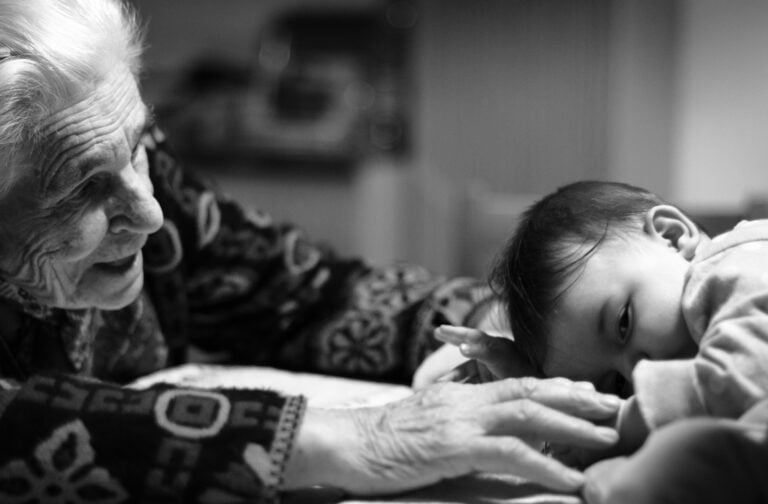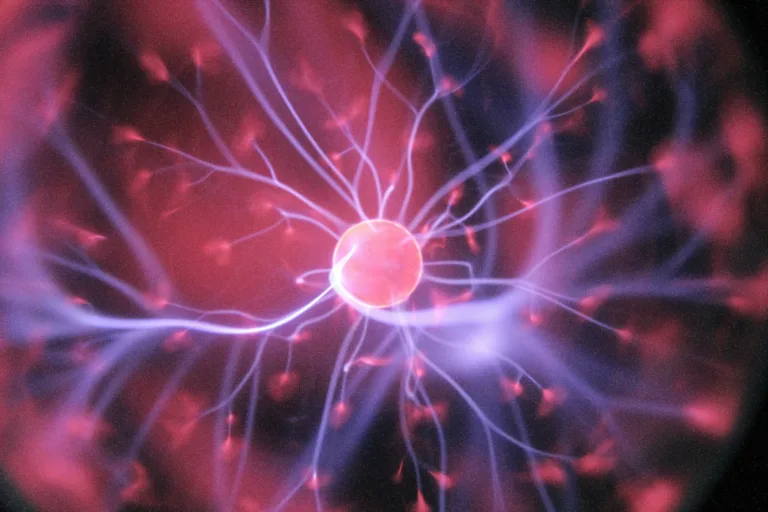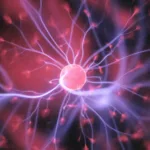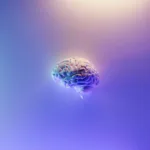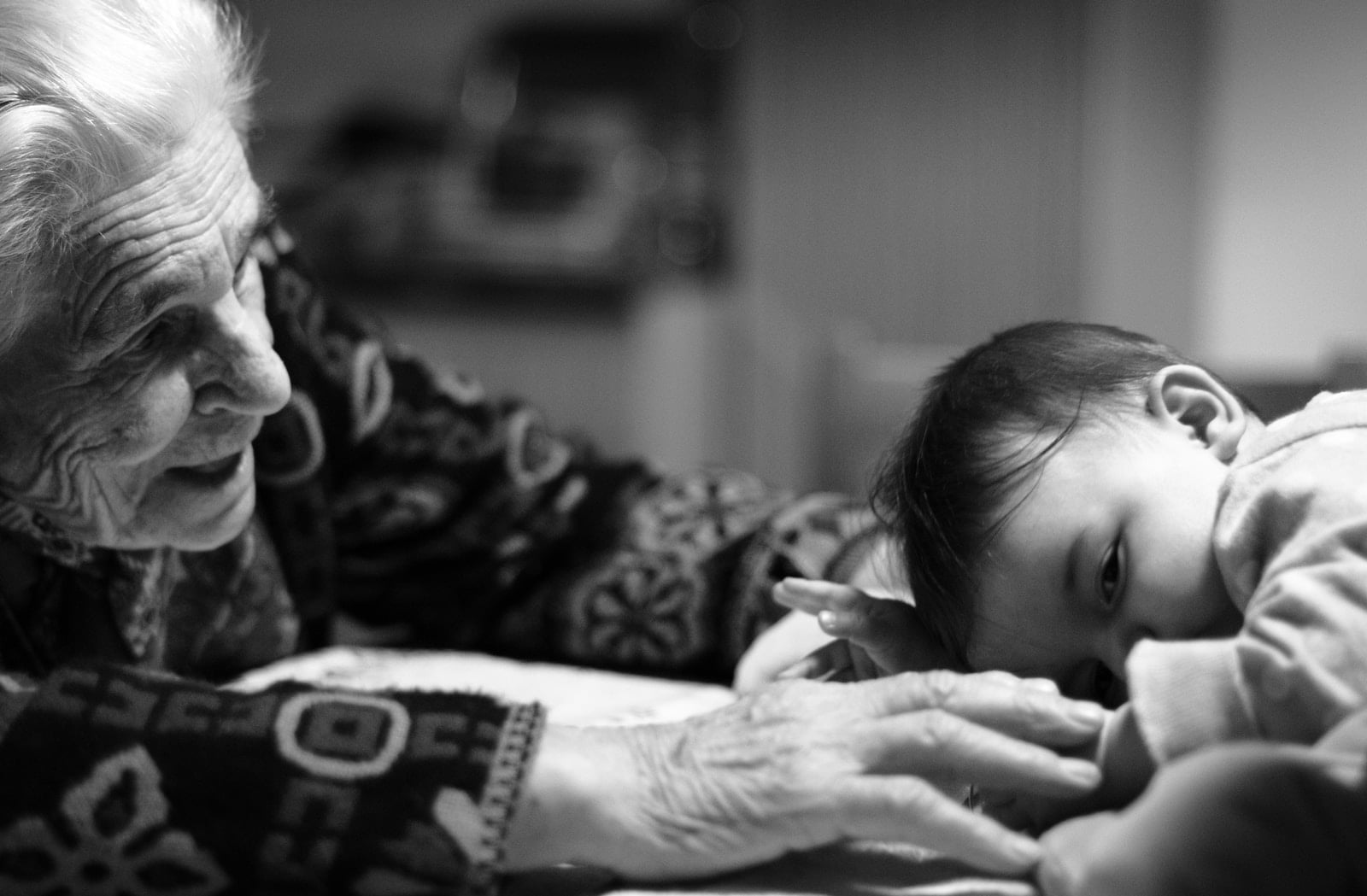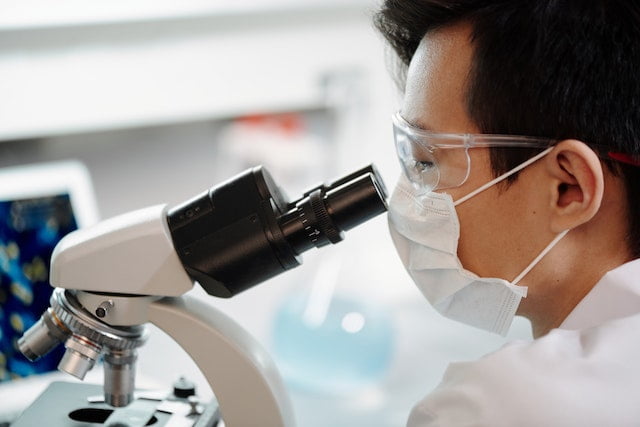Aging Differences Among Individuals: A Closer Look
Aging is a process that affects each person differently. This phenomenon becomes evident during events like high school reunions, where the contrast in aging among peers is stark. Some individuals maintain a youthful appearance, closely resembling their younger selves, while others show significant signs of aging. This variability underscores a fundamental truth: the rate of aging is not uniform. It’s influenced by a myriad of factors, both internal and external. Understanding these differences is key to unraveling the complexities of the aging process, which is not merely about external changes but also involves internal factors that impact health, disease risk, and longevity.
The Science of Aging: Molecular and Cellular Insights
The process of aging is deeply rooted in molecular and cellular changes. Scientists have discovered that these changes are the primary drivers of the aging process, affecting both the rate at which people age and their physical appearance over time. Researchers have identified specific markers or ‘hallmarks’ of aging, which provide insight into the biological processes that accompany aging. These markers are crucial for understanding how aging impacts the body and for identifying potential interventions to slow down or even reverse some aspects of aging.
Epigenetics: The Underlying Mechanism of Aging
Epigenetics plays a pivotal role in the aging process. It refers to changes in gene expression that do not involve alterations to the DNA sequence itself. These epigenetic changes are responsible for the different functions and characteristics of cells in the body, despite them having the same DNA. For example, skin cells and brain cells have distinct roles and features, determined by their unique epigenetic patterns. One of the key epigenetic mechanisms involved in aging is DNA methylation. Changes in DNA methylation patterns are closely linked with aging and can be used to estimate biological age through what is known as the ‘epigenetic clock.’ This concept has opened new avenues in understanding and measuring the aging process.
Reversing Aging: Is it Possible?
The idea of reversing aging has long been a subject of fascination and speculation. While the complete reversal of aging at an organismal level remains a distant possibility, significant strides have been made in understanding how to reverse the aging process at the cellular level. Aging leads to changes in the epigenome, which can result in cells losing their identity and function. This cellular dysfunction, in turn, contributes to aging at the organ and system levels. However, research has shown that epigenetic changes are not permanent and can potentially be reversed, suggesting that aspects of the aging process may be more malleable than previously thought.
Cellular Reprogramming: A Breakthrough in Aging Research
The discovery of specific factors that can revert aged cells to a more youthful state, akin to embryonic stem cells, marked a significant breakthrough in aging research. This cellular reprogramming demonstrates that it is possible to reverse age-related epigenetic changes, challenging the long-held belief that aging is a one-directional process. The potential to modulate aging by reprogramming the epigenome has opened new possibilities for aging research and interventions.
The Impact of Aging Research on Health and Disease
The application of aging research, particularly the use of the epigenetic clock, extends beyond mere age estimation. It serves as an indicator of overall health status and can provide insights into an individual’s risk for age-related diseases. The changes that cells undergo with aging, especially those related to the epigenome, are linked to various diseases, including cancer. The ultimate aim of aging research is to intervene in the aging process, either by slowing it down or reversing it, to prevent or mitigate age-related diseases. This approach represents a shift from targeting individual diseases to addressing the underlying causes of multiple age-related conditions.
Reframing the Goal: Delaying Disease Rather than Eliminating Aging
While the concept of completely halting or reversing aging remains largely theoretical, the more realistic and achievable goal is to delay the onset of age-related diseases. The focus of aging research is not to ‘cure’ aging or death but to improve healthspan – the period of life spent in good health. By understanding and manipulating aging processes like epigenetics, there is potential to significantly postpone the onset of diseases and improve the quality of life in older age.
In summary, aging research, particularly in the field of epigenetics, offers promising insights into the variability of the aging process among individuals. By understanding the molecular and cellular mechanisms that drive aging, there is potential to develop interventions that could slow down or even reverse certain aspects of aging, ultimately leading to healthier, longer lives.

